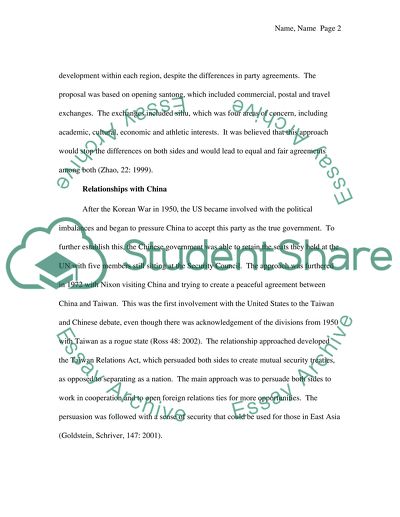Cite this document
(“The US-China Taiwan Crisis Essay Example | Topics and Well Written Essays - 2000 words”, n.d.)
Retrieved from https://studentshare.org/environmental-studies/1409430-the-us-china-taiwan-crisis
Retrieved from https://studentshare.org/environmental-studies/1409430-the-us-china-taiwan-crisis
(The US-China Taiwan Crisis Essay Example | Topics and Well Written Essays - 2000 Words)
https://studentshare.org/environmental-studies/1409430-the-us-china-taiwan-crisis.
https://studentshare.org/environmental-studies/1409430-the-us-china-taiwan-crisis.
“The US-China Taiwan Crisis Essay Example | Topics and Well Written Essays - 2000 Words”, n.d. https://studentshare.org/environmental-studies/1409430-the-us-china-taiwan-crisis.


